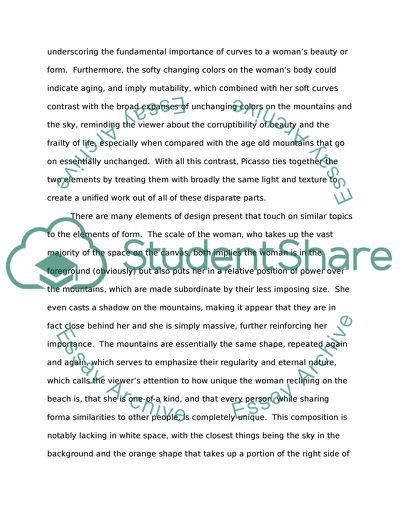Cite this document
(“The Painting Reclining Woman on the Beach Essay”, n.d.)
The Painting Reclining Woman on the Beach Essay. Retrieved from https://studentshare.org/visual-arts-film-studies/1437314-the-painting-reclining-woman-on-the-beach
The Painting Reclining Woman on the Beach Essay. Retrieved from https://studentshare.org/visual-arts-film-studies/1437314-the-painting-reclining-woman-on-the-beach
(The Painting Reclining Woman on the Beach Essay)
The Painting Reclining Woman on the Beach Essay. https://studentshare.org/visual-arts-film-studies/1437314-the-painting-reclining-woman-on-the-beach.
The Painting Reclining Woman on the Beach Essay. https://studentshare.org/visual-arts-film-studies/1437314-the-painting-reclining-woman-on-the-beach.
“The Painting Reclining Woman on the Beach Essay”, n.d. https://studentshare.org/visual-arts-film-studies/1437314-the-painting-reclining-woman-on-the-beach.


